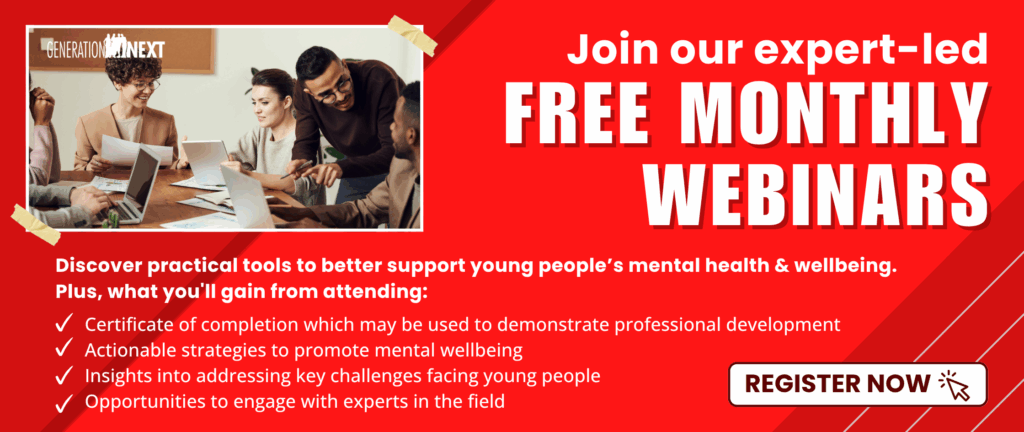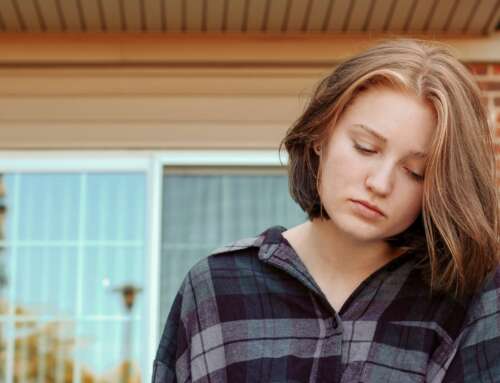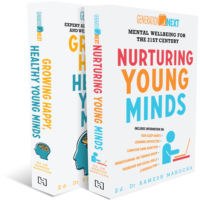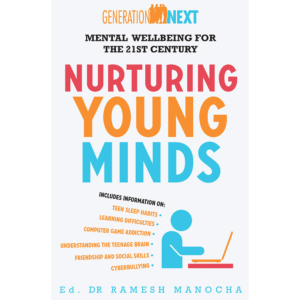How new legislation and expert insights are reshaping online safety for young Australians
In 2024, the Australian Government made headlines by announcing its intent to raise the minimum age for access to major social media platforms.
The reforms would restrict young people’s access to platforms including TikTok, Instagram, and Snapchat until the age of 16 with the goal of better protecting young people from online harms, including manipulation, bullying, and exploitation.
As of July 2025, the legislation is still in development and the public conversation has shifted toward which platforms will be included, and how age verification will be enforced.
“There are heavy penalties for companies who fail to take reasonable steps to prevent underage account holders onto their services of up to $49.5 million” Minister for Communications Anika Wells warns.
At the same time, experts like Brett Lee — a former detective and founder of Internet Safe Education — are helping parents, educators, and professionals understand what’s truly at stake.
For years, age 13 has been the global standard for joining most social media platforms, based on data privacy law rather than developmental readiness.
But Australian policymakers, educators, and child safety experts argue that 13 is simply too young in today’s online environment.
In announcing the proposed legislation in April 2024, the Government described the new age limit as a necessary step to reduce exposure to cyberbullying, adult content, grooming, and addictive platform design during the critical developmental years of early adolescence.
Brett Lee, who spent 22 years in the Queensland Police Service, including five investigating online child exploitation, is in support of the move.
“From my experience, I’ve seen that we’ve stood back as a community, and we’ve had young people under the age of 16 seriously assaulted, sexually abused and murdered as a result of meeting people through social media.” He said in a recent webinar hosted by mental health and wellbeing advocacy charity Generation Next.
“This is the first time in the history of the society that we’ve stood back and said, what’s good for our kids?”
“This is not about kicking kids off the internet. This is about identifying certain platforms that provide functionality whereby young people can experience issues.”
In the original announcement, YouTube was notably left off the list of platforms targeted by the new age restriction.
The choice left many scratching their head, as YouTube is one of the most-used platforms among young Australians.
With public pressure growing, the Government signalled it would reconsider YouTube’s exemption in July.
In recent weeks, media reports have confirmed that YouTube is likely to be included in the final legislation, which will come into effect in December 2025.
One of the issues in this debate is how the law will be enforced.
Brett Lee is realistic about the limitations:
“We’re not looking for it, to everything fall into place on day one. It’s about creating a new norm.”
Regardless of how verification unfolds, one thing is clear: the responsibility for keeping young people safe online doesn’t fall solely on policymakers or platforms.
Parents, carers, educators, and other professionals who work with young people play a vital role in implementing the spirit of the law and creating environments that value mental wellbeing and digital safety.
Brett Lee offers practical guidance:
- Build trust with young people “Never underestimate the value and the power of creating, cultures of communication. You can identify if there’s an issue, put things in perspective for them.”
- Understand the platforms “If there’s something that you’re not quite sure of when it comes to where young people are going online, just do that bit of research.”
- Set expectations “First thing is this: out of the bedroom, I can tell you, as an undercover detective, that’s where the bad stuff happens.”
Lee also emphasises the need for schools and community groups to incorporate digital wellbeing education into their broader wellbeing strategies. He advocates a preventive approach:
“Responsible adults, carers, parents, professionals, educators, medical professionals: we are the only line of defence. We are not being bad people. We are not being anti-technology, or saying we don’t trust the kids. What we’re saying is we acknowledge the role we play in a young person’s life.”
While the legislation continues to evolve, here are actions that adults can take now to support safer online environments for young people:
1. Stay informed
Visit eSafety.gov.au for the latest updates on legislation, age restrictions, and safety tools. The eSafety Commissioner regularly publishes resources for parents, schools, and professionals. Use tools such as commonsensemedia.org for researched guidance, age-based ratings, and expert reviews on movies, TV, books, games, podcasts and apps.
2. Host conversations
“Conversations are our greatest weapon when it comes to protecting young people online” says Lee. Talk with young people about their digital lives — not just the dangers, but also the positives. Help them reflect on their online relationships, their screen time, and how it affects their wellbeing. Take an interest and ask questions.
3. Use parental controls and keep devices out of bedrooms
Familiarise yourself with the control settings available on platforms, devices, and apps. They’re not perfect, but they can reduce exposure to risk.
4. Support schools
Advocate for the inclusion of digital wellbeing in school curricula.
5. Lead by example
Model healthy digital habits in your own life. Demonstrate boundaries, downtime, and respect in online communication.
Australia’s proposed social media age law is more than a regulatory change — it’s a cultural signal.
A signal that childhood and adolescence deserve protection in a digital world that often overlooks developmental needs in favour of engagement and profit.
While enforcement and technical details will take time to resolve, the principle behind the legislation is strong: young people should not be left to navigate high-risk online environments alone.
As Brett Lee reminds us, “This isn’t about kicking a young person off the internet. It’s about making sure they can get on the internet and they can get all the great things that it has to offer.”








